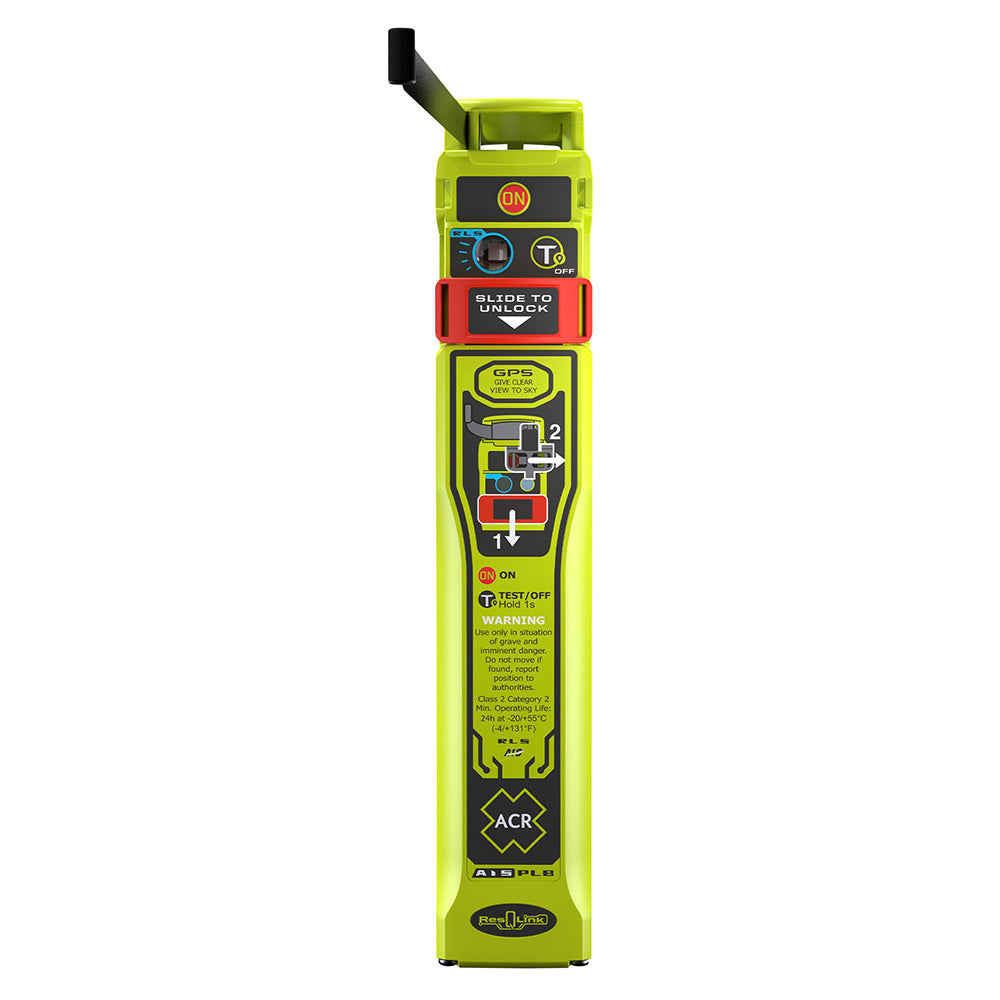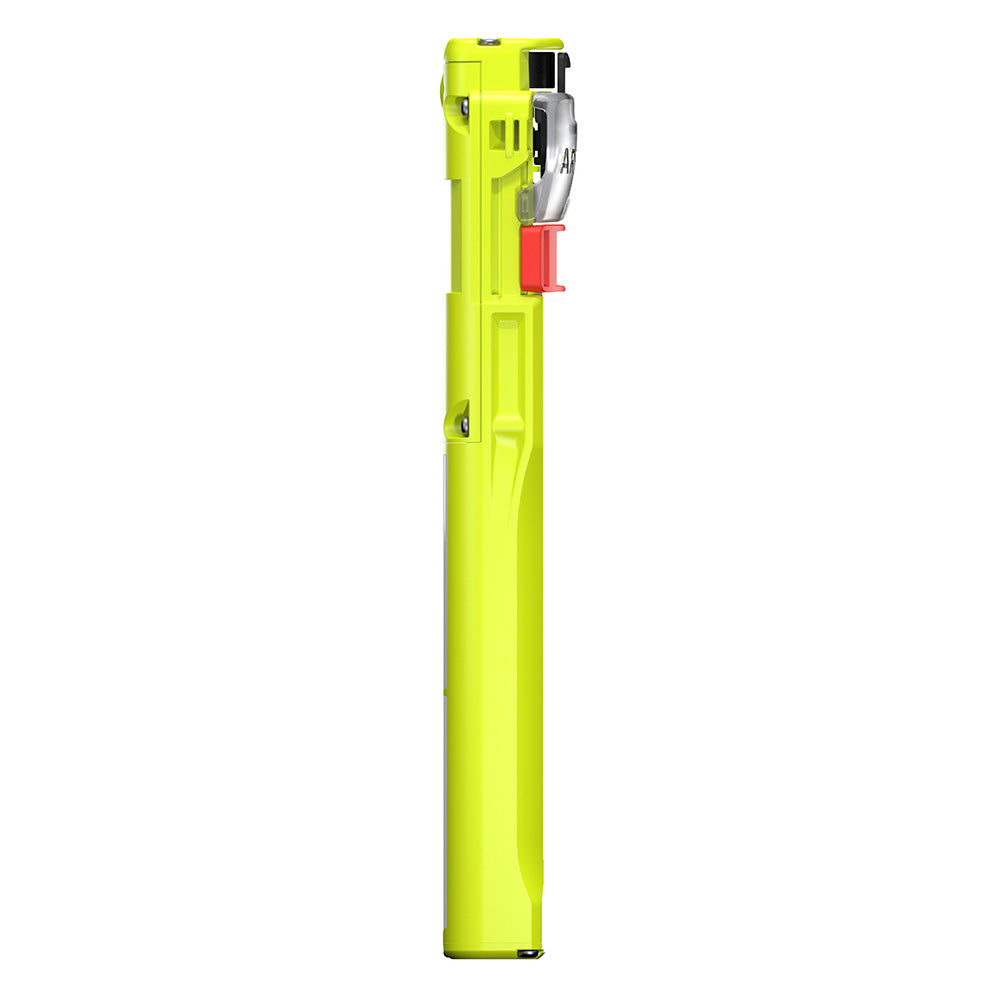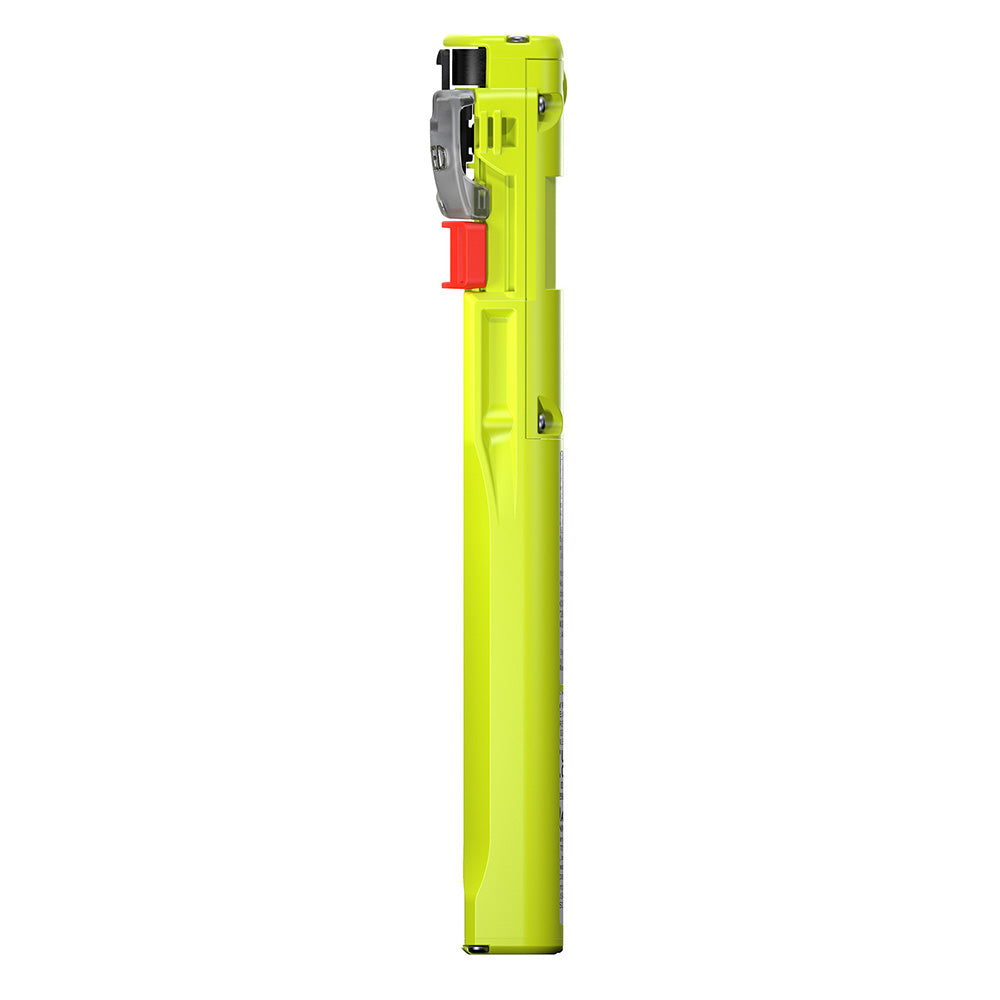ACR, a world leader in rescue and life - saving products for mariners, presents the ResQLink AIS GPS Personal Location Beacon PLB - 450. It's the world's first PLB with AIS, NFC, and standard satellite notification via the Cospas Sarsat system. AIS offers instant local alerts for quicker rescues. You can easily access all functions and records via your smartphone. With accurate GNSS (GPS, Galileo, Glonass) positioning and 406 MHz satellite connectivity, it provides reliable global service. The 121.5MHz homing transmissions, combined with AIS and strobe lights, help rescuers find you faster. The Worldwide Cospas Sarsat satellite system ensures your 406 MHz distress signal reaches global search - and - rescue forces with 100 - meter accuracy. The 121.5 MHz homing signal guides rescuers to your current location. AIS alerts nearby vessels, increasing the chance and speed of rescue. The beacon has visible and infrared strobes to assist in low - visibility rescues. NFC technology allows you to access beacon data on your phone, like battery life and test results. The Return Link Service (RLS) sends a confirmation signal through the Galileo network, indicated by a flashing blue light. It's designed for PFD compatibility. You can install it in a life jacket (semi - automatic) or attach it to a belt. Features include no subscription, multiple signal types, smartphone connectivity, a free app, and a 5 - year battery life. Warning: This product may expose you to chemicals harmful in California. It can't be returned to the point of purchase; contact the manufacturer for issues.



Using the ACR ResQLink AIS GPS PLB - 450 is easy. If you want to install it in a life jacket, use the included oral inflation tube clip and a ribbon around the bladder. When the life jacket inflates, the antenna deploys and the beacon activates. If you don't want to use it with a life jacket, attach it to a belt using the webbing clip. To check the beacon's status, place your smartphone near it. The ACR Product App will open automatically, showing you battery life, test results, etc. When in distress, the beacon will send out multiple signals. The 406 MHz signal goes to the global search - and - rescue network, and the 121.5 MHz signal helps rescuers find your current location. AIS alerts nearby vessels. The strobes will light up to assist in low - visibility situations. For maintenance, keep the beacon dry. Check the battery life regularly through the app. If the battery is low after 5 years, contact the manufacturer for replacement. Remember, this product can expose you to harmful chemicals in California. And if you have any issues, don't return it to the point of purchase; contact the manufacturer directly.